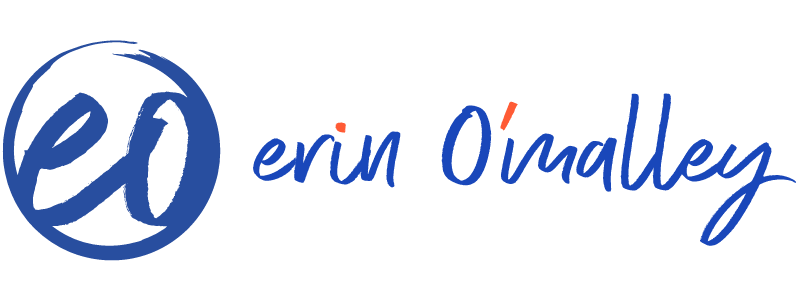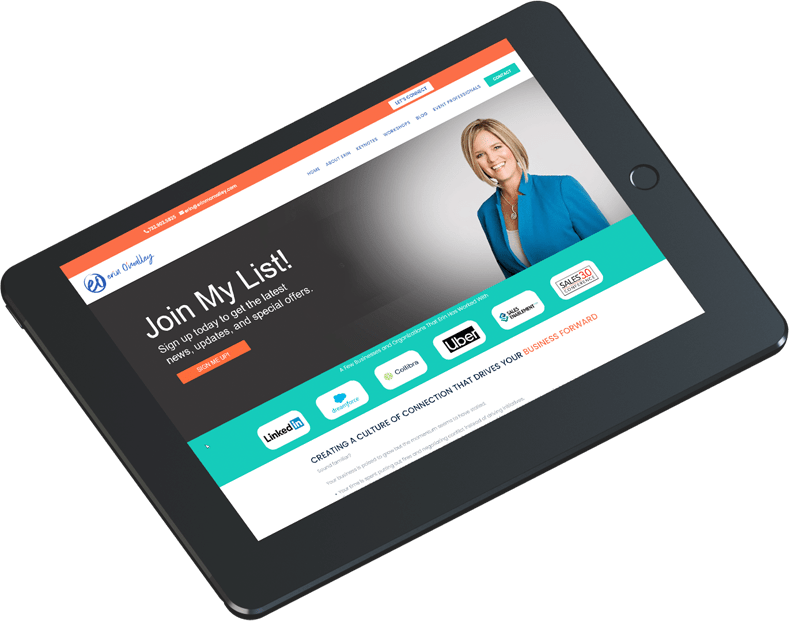Have you ever been to an active listening workshop as part of your professional development? Did you leave feeling like you’d become an effective listener? Better question: after going through the workshop then continuing to talk to other participants, did you notice that THEY had become better listners?
I’m going to bet no.
The thing about most listening workshops is they TALK about listening but they don’t let participants EXPEREINCE listening. My response to this (after leading a fair share of lame-o workshops myself) is my Story Session Activity.
Check out the video below to hear more about it. You’ll also discover a technique to handle those meetings when everyone talks at the same time and no one can be heard–and what to do about it.
Not into videos? Transcript below!
[embedyt] https://www.youtube.com/watch?v=H8vGNIPb-Ic[/embedyt]Hey everyone, how’s it going? Erin O’Malley here.
My question to start today is, how many of you have been to a professional development class? On listening? I’m going to bet most of you it seems to be one of these skills that people always want to enhance and learn more about.
And I can imagine that when you went to this class, the conversation was a conversation about what is listening look like. What does it sound like? How can you tell?
There was lots of talking about listening, but there wasn’t any actual experience of listening. Inevitably, I bet someone talked about nodding your head and responding with comments like, “Yes. Interesting…” to show that you’re listening. There was the, “Never interrupt!” person (who’s probably the interrupter) and then always the person that channeled 1974 Stephen Covey and said the “seek first understand and then be understood,” and there was a collective “yes…” Across the class. And it was always that guy that in the afternoon when you moved on to a different conversation, who interrupted you, who did not listen, and who was not trying to understand you, but instead shove his opinion down your throat!
This is what happens with so many “active listening” classes we talk, but we don’t change because we’re not experiencing.
Enter Story Session activity. This is my creation. My response to all those bad active listening classes, which to be clear, I taught my fair share. It drove me nuts. I knew I like asking, oh, people can nod their heads but what does it really feel like to be heard? What does it feel like when you’re not being heard? How can we experience this?
Because when we experienced it when we connect our behaviors to feelings, this is when we can create change. This is when we want to change, want to change our behaviors. And this is the message of Story Session.
So in a quick nutshell, one person is a storyteller. They get three minutes to get a small group excited about a vacation that they went on. They talk about the sounds, the smells, the foods, the tastes, three minutes to tell a story.
The other people in the group each have a card, half of them with good listening techniques and half of them with things that people do that show that they are not listening at all. And watching this, this group watching the Story Session go down is always so interesting. The reaction of the storyteller, the reaction of the people in the group, and then really experiencing the good and the bad of listening.
So now I know it’s a little bit ironic that we’re going to work through some of these activities. Ironic because I just said that when you’re talking about listening, a whole lot doesn’t change, but I’m hoping that through talking through a few of these examples, it’ll give you food for thought. It’ll give you something to think about and to be able to reflect on how you are listening. Are you listening to connect or not?
So one of my favorite examples came from my time and the Peace Corps. Now meetings in the Peace Corps– well, meetings on the island that I learned with the tourism group that I was helping, would last four hours. I mean, they started an hour late, obviously, ahora Panamania, thing, they just started late hours, then you’d sit there listening to people talk over each other listening to no point like it was they were painful. And after leaving, after months of these meetings, I left one and I said that’s it. I can’t I can’t I can’t even anymore. I can’t.
What I decided to do was how was to have a “How to have a Meeting Meeting”, or in the case of Panama charla. So we gathered everyone together, and I organized the agenda–that in itself a foreign concept to meetings in Panama. And one of the agenda items was this: I gave everyone in the group a piece of paper, and I said on the count of three, read what it says on the paper. I counted to three. Uno, dos, tres, they all started reading the sentence like the paper said things like the rooster crows by the fence at midnight I like a walk on the beach. They were just nonsensical random statements.
And afterward when everyone’s read out loud all at the same time. I turned to Luisa and I said, “Louisa, what did Pablo say?” “No sé. “So Pablo, what did Abel say?” “Yo no sé.” “Abel, what Mario say?” “Yo no sé.” And as I asked everyone, no one knew what anyone said. And I said right! Because one we are all talking at once when we are talking on top of each other. No one can hear anything. And the time and the energy and the lack of respect. The toll this takes is ridiculous.
Now we all had a really good laugh because at that moment after they all read their sentences out loud, they realize that that’s what they did for most of the meetings. They talked over each other. They weren’t pausing. They weren’t trying to understand.
So going forward, we came up with the idea–kind of an old school idea in itself that someone we would talk if you had the wooden spoon, you could talk we brought a wooden spoon to the meeting. And if you had something to say you would raise your hand to wait for the spoon and it would be your turn to say it.
As part of the Story Session activity, I’ll have people interrupt each other talk over each other. And you can see the annoyance and the confusion. And the other people can’t hear what’s happening. They can’t understand when we are talking over each other.
As you go forward today into your next meeting, or into your next conversation or gathering where there’s a lot of people notice are people talking over each other I mean, sometimes that’s okay, but are they doing in a way that only certain voices are being heard? Are they doing it in a way that the quiet folks aren’t speaking up? And what can be your wooden spoon? What can you bring to make sure that people are talking one at a time they’re not talking over each other and that all of the voices in the room are heard?




0 Comments